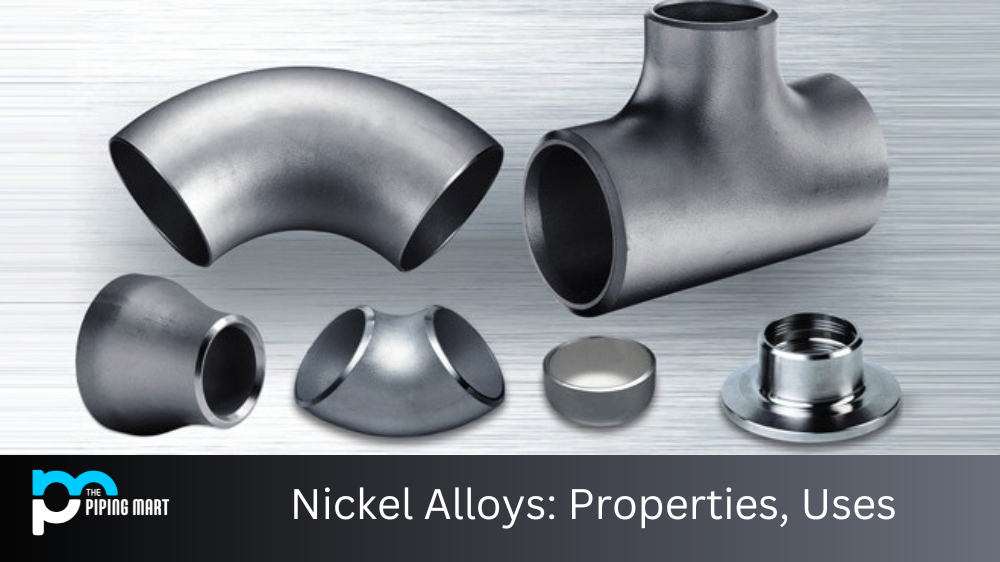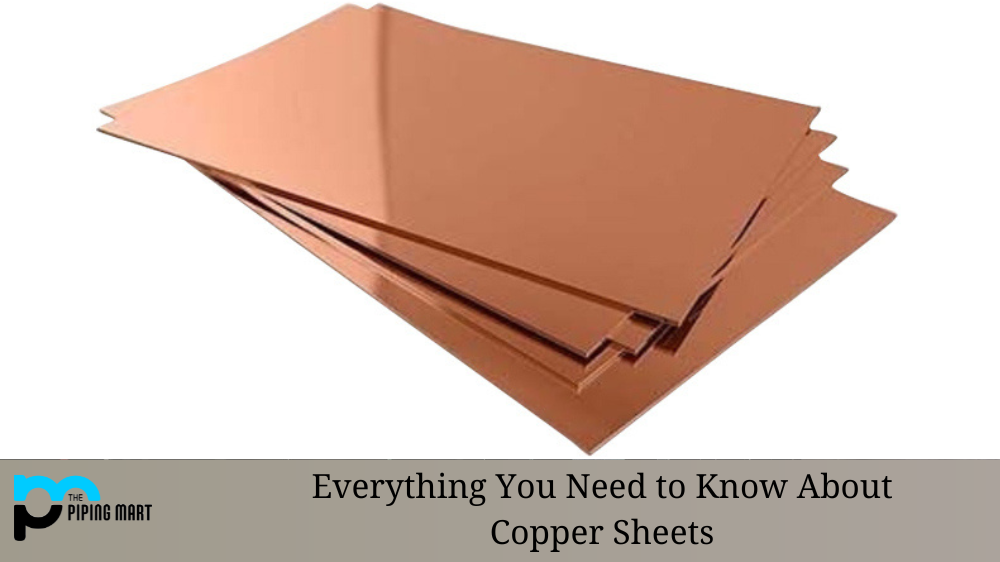When it comes to choosing materials for construction projects, cast aluminium and cast iron are two of the most popular options. But what is the difference between these two materials? How do they compare when it comes to strength, durability, cost, and more? In this blog post, we’ll take a look at the differences between cast aluminum and cast iron.
Cast Aluminium
Cast aluminium is a type of aluminum that is made by pouring molten aluminum into a mould. This type of aluminium is often used for making car parts and other objects that need to be strong and lightweight.
Cast Iron
Cast iron is a type of iron that is made by pouring molten iron into a mould. This type of iron is often used for making cookware and other objects that need to be very durable.
Difference Between Cast Aluminium and Cast Iron
Strength & Durability
When it comes to strength and durability, cast iron is generally considered the superior material. Cast iron has greater tensile strength than cast aluminum and can withstand higher temperatures than its counterpart. Cast iron is also highly resistant to wear and tear, making it ideal for parts that will be subjected to repeated stress or friction over time. However, this does come with a downside—cast iron is much heavier than aluminum, which can make transportation difficult in some cases.
Cost & Maintenance
Cast aluminium is generally cheaper than cast iron due to its lighter weight which makes transportation easier and less costly. Additionally, cast aluminum requires less maintenance than its counterpart as it does not rust as cast iron does. As such, while both materials are highly durable, cast aluminium may be a better option if you’re looking for something that won’t require frequent maintenance or repairs over time.
Environmental Impact
Cast aluminium has a significantly lower carbon footprint than cast iron due to its lighter weight—less energy is required during production as well as transportation. Additionally, because it doesn’t rust as its counterpart does, no additional energy needs to be expended on maintenance or repairs caused by corrosion damage over time. This makes it an ideal choice for those who want an environmentally friendly option when choosing their construction material.
Advantages of Cast Aluminium
Some of the advantages of cast aluminum include its lightweight, its resistance to corrosion, and its ability to conduct heat well.
Advantages of Cast Iron
Some of the advantages of cast iron include its durability, its ability to retain heat, and its low cost.
Disadvantages of Cast Aluminium
Some of the disadvantages of cast aluminum include its high cost, its susceptibility to damage, and its difficulty in repairing.
Disadvantages of Cast Iron
Some of the disadvantages of cast iron include its heaviness, its susceptibility to rust, and its difficulty in cleaning.
Conclusion:
When deciding between cast aluminium and cast iron for your next project, there are several factors that need to be taken into consideration, such as strength & durability, cost & maintenance requirements, and environmental impact. Ultimately the choice between these two materials should depend on your specific needs—if you need something strong & durable, then cast iron may be the best choice, whereas if you’re looking for something lightweight & low-maintenance, then cast aluminum may be the better option for you. Whichever material you choose for your project, make sure to research all of your options before making a decision so that you can ensure that you get the best result possible!

Pipingmart is a B2B portal that specializes in metal, industrial and piping items. Additionally, we share the latest information and information about materials, products and various types of grades to assist businesses that are involved in this business.




